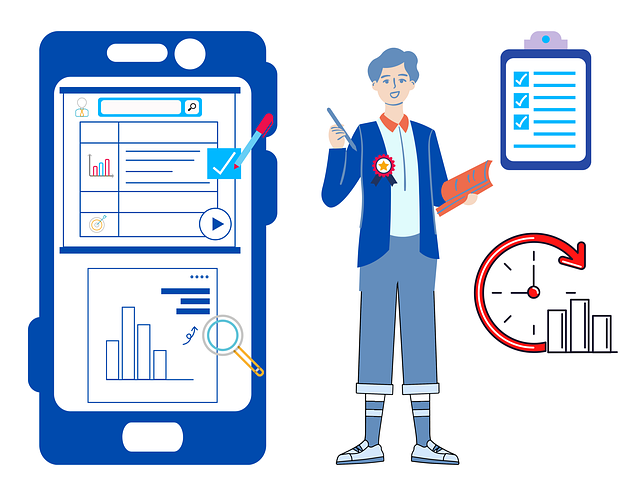AI stakeholder communication bots are transforming commercial real estate management by leveraging sensors and machine learning to track noise, traffic, and usage patterns in real-time. This data fosters open communication, enhances asset optimization, improves tenant satisfaction, and increases property value through trend prediction and issue identification. These bots automate tasks, reduce human workload, provide instant updates on property conditions, and improve accuracy over time, ultimately streamlining operations and benefiting both tenants and property managers.
In today’s data-driven real estate landscape, understanding noise and traffic patterns is crucial for optimizing commercial spaces. This article explores how Artificial Intelligence (AI) revolutionizes noise and traffic tracking in commercial properties. We delve into two key aspects: enhancing data collection and analysis through AI, and implementing intelligent AI stakeholder communication bots to streamline management. By leveraging these technologies, real estate professionals can make informed decisions, improve tenant experiences, and maximize property values.
- Understanding Commercial Real Estate Noise and Traffic Patterns
- The Role of AI in Enhancing Data Collection and Analysis
- Implementing AI Stakeholder Communication Bots for Efficient Management
Understanding Commercial Real Estate Noise and Traffic Patterns

Commercial real estate properties are often bustling hubs of activity, with noise and traffic patterns that can significantly impact tenant experience and property management. AI offers a innovative solution to efficiently track and analyze these patterns through advanced sensors and machine learning algorithms. By understanding these behaviors, stakeholders—including property managers and tenants—can make informed decisions about space allocation, noise abatement strategies, and overall asset optimization.
AI stakeholder communication bots can play a pivotal role in this process. These bots can collect real-time data on noise levels, traffic flow, and peak usage times through integrated sensors and AI analytics. This information is then shared transparently with all stakeholders, enabling open communication and collaborative problem-solving. As a result, properties can be managed more effectively, tenant satisfaction can improve, and the overall value of the real estate asset can increase.
The Role of AI in Enhancing Data Collection and Analysis

Artificial Intelligence (AI) is transforming the way data is collected and analyzed in commercial real estate, offering a wealth of insights for stakeholders. By leveraging AI algorithms, bots can efficiently track noise and traffic patterns, gathering real-time information on property usage and environmental factors. This enables more accurate assessments of space utilization, tenant behavior, and overall market dynamics.
AI stakeholder communication bots play a pivotal role in this process. They can automate data collection by continuously monitoring sensor data, surveillance footage, and other sources, ensuring comprehensive and consistent tracking. Moreover, these bots facilitate better decision-making by analyzing patterns to predict future trends, identify potential issues, and provide actionable recommendations for property managers and investors.
Implementing AI Stakeholder Communication Bots for Efficient Management

Implementing AI stakeholder communication bots represents a paradigm shift in commercial real estate management, streamlining processes and enhancing tenant experiences. These intelligent bots can handle a multitude of tasks, from answering basic queries to scheduling appointments and managing lease agreements. By leveraging natural language processing (NLP) and machine learning algorithms, they understand and respond to tenant needs in real-time, effectively reducing the workload on human staff.
For instance, an AI bot can provide instant updates on noise levels or traffic patterns within a property, empowering tenants with data-driven insights. This proactive approach fosters better decision-making, as businesses can anticipate and mitigate potential disruptions. As these bots evolve, they learn from each interaction, continuously improving their accuracy and efficiency, ultimately contributing to more satisfied tenants and streamlined operations for property managers.
AI is transforming commercial real estate management by enhancing data collection and analysis through noise and traffic pattern tracking. By implementing AI stakeholder communication bots, professionals can efficiently manage properties, improve tenant experiences, and make informed decisions based on detailed insights. This innovative approach streamlines operations and paves the way for a new era of intelligent property management.
